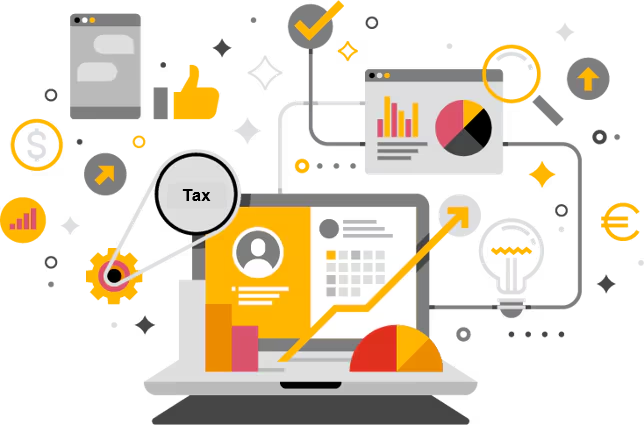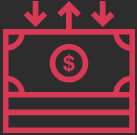
The way that your tax function uses technology is becoming increasingly important due to budgetary constraints and an increasing workload. Yet, we often see indicators that technology could be used more effectively when we work with our clients.
Common indicators include:

To help you on this journey, there are technology tools available which you can use today in your tax function. These “self-service” tools are user friendly, require limited configuration and have the power to handle huge amounts of data.
These tools are frequently used in tax functions for the following tasks:


Streamline your data preparation processes to deliver the tax data that you need quickly and accurately

Visualise your data to facilitate business planning and identification of tax risks

Handle repetitive tax processes 24/7 using software robots

Accurately classify structured and unstructured data in your tax processes





Want to stay up to date on tax news?
Sign up for news here!
Get in touch
